It’s crucial to have a sense of community in the workplace, but too much comfort can hinder progress.
People get comfortable with where they sit, what projects they work on, and what teams they are responsible for. For leaders, no‑drama days where everyone does their thing without any complaints or conflict feel great–so they assume that a calm, hassle-free existence is the one that produces the best work. As a result, they optimize for a steady state, where there are no surprises and people do as they’re told.
Scott Belsky - Executive, Investor & Product Obsessive, Author of The Messy Middle: Finding Your Way Through the Hardest and Most Crucial Part of Any Bold Venture, said but comfort breeds complacency. As learning curves plateau, we lose interest in learning for the sake of learning, and our curiosity wanes. We stay engaged as we attempt to master something that interests us, but we start to disengage as soon as we gain control over tasks and our interest dissipates. On the other hand, when we experience periodic disruptions, we’re constantly exposed to new perspectives, which helps us stay fresh and alert. To build (and maintain) a strong team, you need to to keep shaking things up.

1. Most people aren’t motivated to do the same job forever
Scott Belsky shared: “As a young manager, I viewed my job as keeping people engaged with their respective responsibilities. But I eventually realized that careers can’t sit stagnant–people want to see opportunities ahead of them, even when they’re comfortable with where they’re currently standing.
If you don’t give them that opportunity–or at least challenge them to step up to it–you lose the upward mobility of junior people who are waiting for promotions and new possibilities, and your senior staff will get bored and start looking for new jobs.
2. People get better when they’re constantly challenged
Giving people promotions is one way to push people out of their comfort zones, but there are other things you can do to encourage your employees to grow.
For example, General Electric is known for their rotational programs that move leaders in the turbine business to the lighting business. The programs are designed to spread best practices across business units and develop leadership capability, but it also serves the purpose of retaining key talent.
Other companies assign “stretch assignments,” which are special projects that take someone out of their expertise, like exploring a new business opportunity or region. These assignments expose team members to other parts of the company or industry and help retain them by presenting new challenges and steepening their learning curve.

3. Introducing small changes can have a significant impact
Teams benefit from changes to their environment and processes. As you observe your coworkers and glance around your office, look for the things that were once exciting but have now become commonplace.
Are there outdated charts on the wall that once monitored progress? Take them down and redo them. Are certain regular meetings or rituals now taken for granted? Switch up the format. Have little cliques formed based on where people sit? Move desks around.
It’s crucial to have a sense of community in the workplace, but if your staff becomes too comfortable socializing only in small groups, you lose the opportunity for cross-collaboration and overall team building that comes from chance meetings. In order to promote this, consider redoing seating assignments every nine to 12 months (or, in a larger company, every few years). Sitting next to new people in a different part of the office is an easy way to prompt new relationships and perspectives and keep things fresh.
Source Fastcompany









.jpg)
.jpg)
